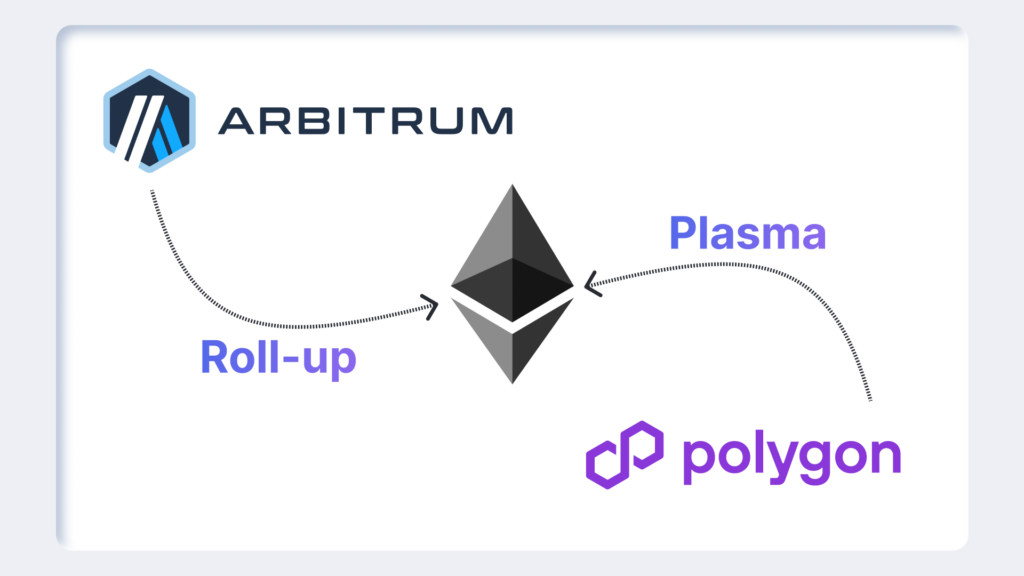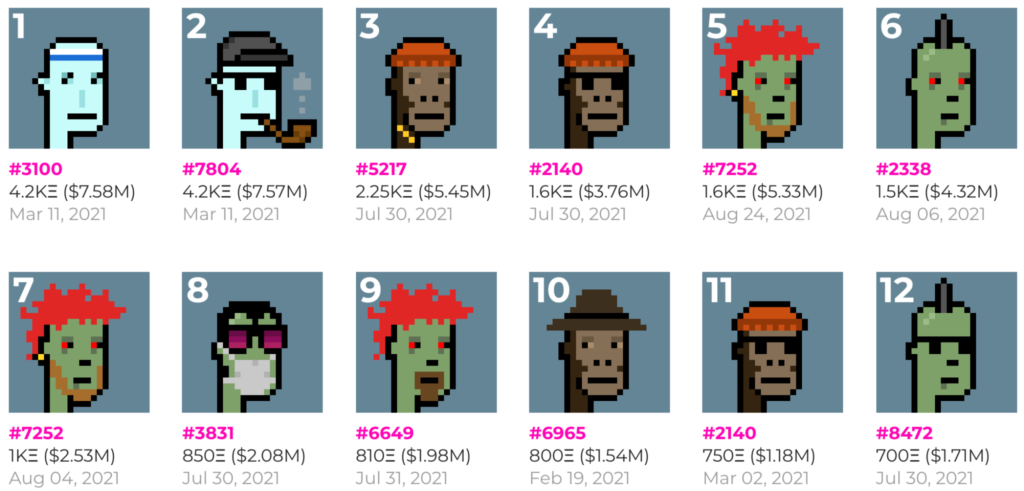After hitting an all-time high of $2.99 in late February, Pi Network’s native token (PI) is now down roughly 73% to about $0.81. While altcoins, on average, have dropped around 6.9% in the same period, PI’s decline outpaces them more than tenfold. Token dynamics, significant new issuance, and recent controversies all seem to weigh on PI’s performance.
Rising Supply Pressure
Pi Network’s design allows users to mint tokens by interacting with the network’s applications, which increases the overall supply. According to on-chain data from PiScan, more than 102 million PI tokens are scheduled for issuance over the next 30 days—averaging 3.4 million tokens daily. At the current price of $0.81, the market will face around $82.6 million in newly unlocked tokens over the coming month, or approximately $2.7 million worth daily.
Studies, including a Keyrock report from December 2024, suggest that 90% of token unlock events can negatively affect prices, and the pressure can last up to 30 days. Pi Network’s current daily unlock schedule is more than 1% of its circulating supply, creating substantial downward momentum.
Worsening Sentiment
Beyond expanding supply, Pi Network has come under scrutiny for a variety of reasons. Some users and industry observers liken its operation to a multi-level marketing scheme. Critics point to repeated delays in the project’s mainnet launch and insufficient details on the token’s real-world utility.
- Bybit CEO Ben Zhou highlighted a report by Chinese law enforcement calling Pi a scam, warning it might prey on vulnerable populations, particularly older people.
- Moonrock Capital CEO Simon Dedic questions Pi’s enormous $26 billion fully diluted market cap, saying the project built a “strong cult following among non-crypto users” by promising “free money.” Dedic called it a “giant Ponzi” based on the project’s large supply and uncertain utility.
Pi Network’s Defense
Pi Network denies allegations of fraud and emphasizes that it is not associated with any unauthorized third parties claiming to represent the project. It maintains that Chinese authorities have not reached out directly and asserts that the project’s goal is a responsible mainnet launch. In a statement from Feb. 22, Pi’s team stressed that they are not affiliated with the individuals linked to the Chinese law enforcement report.
While Pi Network has a substantial user base drawn in by promises of easy participation, the Pi Network Crash illustrates how tokenomic structures and community distrust can collide. A considerable number of tokens are set to enter the market, creating headwinds for the PI price. Coupled with repeated accusations of Ponzi-like activities and questionable marketing tactics, Pi Network now faces a challenging climb to sustain adoption and maintain its market standing.


